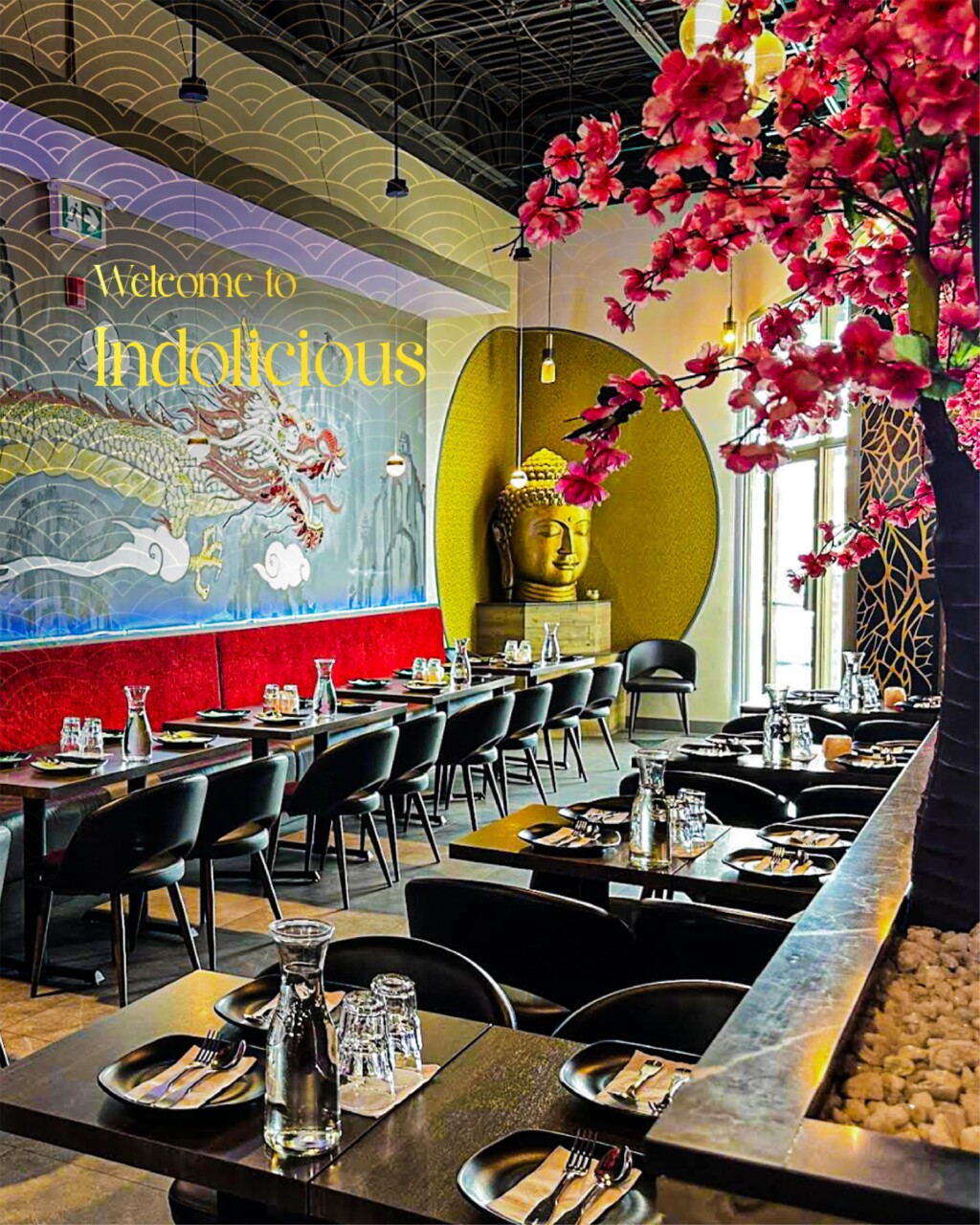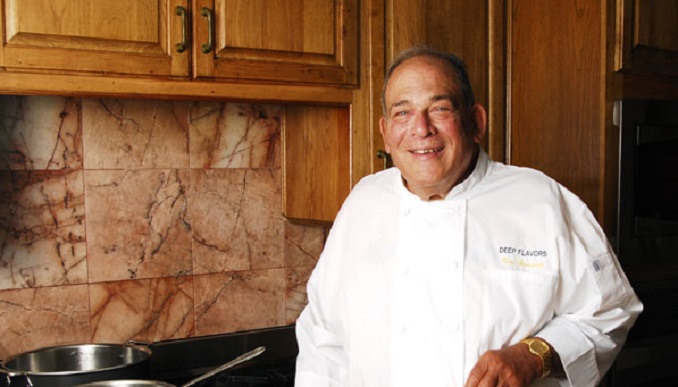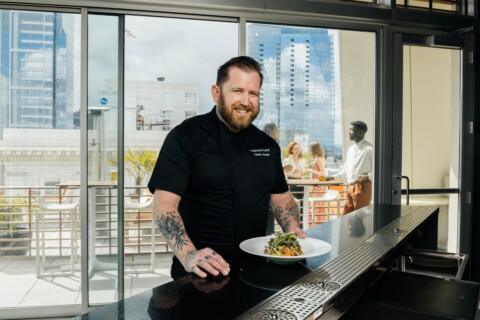By Sunny Singh (Gursharn)
As an Indian immigrant who first moved to the U.S. and then Canada — like many other immigrants — I felt a deep nostalgia for Indian cuisine. I didn’t only want restaurant-style Indian food but also longed for the food I grew up on, be it paranthas, dal, curries, and thalis that capture everyday Indian comfort food.
Hence, after launching Adobo Fresh Burrito, a fast-casual Mexican concept and closely understanding the restaurant and franchising industry, I felt ready for an Indian restaurant. Along came Indolicious — a venture that pays tribute to bold Indian flavours. But opening an Indian restaurant outside India comes with its own set of challenges. You want to stay true to your roots but you also want to service a wide audience. Should I compromise on authenticity? Should I Americanise my food? How do I stay true to my culture while still profitably running a business? These are questions I found myself grappling with.
Opening Indolicious wasn’t simply just a business decision; it was personal. I wanted to create a space that valued traditional recipes, flavours, and superior service while catering to an audience outside India. So, here’s how I tackled that challenge to hit the right notes between authenticity and business.
Define what “authentic” really means
By definition, “authenticity” refers to being genuine or real. However, when it comes to food, especially Indian food, I believe it means something more nuanced. It’s not just about sticking to old recipes or using traditional spices; it’s about the feeling you get when tasting a dish — the memories it brings back, and the intention behind its preparation.
My purpose with Indolicious wasn’t to follow fads or compromise flavours to appeal to everyone. Rather, my definition of authenticity was based on emotional truth — food that makes you feel at home, even if you’re far away.
For example, you can’t fake the smokiness of a tandoor or the slow-cooked depth of a Hyderabadi biryani. It either hits the right notes or it doesn’t. To me, being genuine was not only using the right ingredients but doing things with the right intention. That’s why the team at Indolicious is very particular in preparing dishes such as dal fry, shahi paneer, and rajma chawal — which are household dishes. These are dishes cooked in millions of Indian homes every day. If we don’t get them right, we’re failing at the most basic level.
Don’t emulate under the guise of fast-casual
Indian cuisine is different from grabbing a burger or wrapping a sandwich. It’s slow, layered, and intentional. The same dish can taste quite different depending on where it is prepared because each Indian region has its own unique ingredients, spices, and cooking techniques.
We didn’t want to fight the slowness or distinct nature of this cuisine. We focus on getting the process right, no matter how many tries it takes. From the tadka on the dal to the smokiness in the tandoor, we don’t resort to shortcuts because if you rush the process, it shows in the taste. It can, however, take time for those outside of the culture to understand the significance of this slowness.
Customers who previously only knew Indian food from takeout menus are now realising what real Indian food tastes like. Many people come in for the butter chicken but leave talking about the parathas, spice balance, and smoky tandoori flavour, which they didn’t expect to find in a fast-casual setting. For us, that’s the win — not just serving food, but shifting expectations.
Adjusting for the North American Palate
Indian food can feel intense to someone trying it for the first time. We try to achieve the ideal balance at Indolicious by making the necessary adjustments while maintaining the core flavours. Some dishes, for instance, have a little less spice, and to counterbalance the richness, combos are served with fresh sides like rice or salads. Our staff is also fully trained in sharing information about the spice levels and taste profiles of different dishes.
We are extremely careful about first impressions and signature dishes. Butter chicken, for example, is usually the first pick so we have made some adjustments. If it’s flavourful, not overly spicy or too heavy, people will trust us enough to return and try more. Consistency is also key to running an Indian restaurant abroad. If someone tries a new dish for the first time and likes it, they want to return for the same flavour.
Hence, especially with decades of franchising experience, I do believe that systems should be in place even at restaurants with a single location. From inventory to kitchen prep, everything should be repeatable, scalable, and efficient. Clarity in operations keeps the food consistent, the team aligned, and the business moving.
Final thoughts
My mission is to preserve and pass on India’s culinary legacy, ensuring these flavours survive and thrive, even in a market that often prefers fusion and excitement. Among overdone menus and “Indian-ish” food, I didn’t want to reinvent Indian food but rather keep it honest and rooted.
It takes patience, precision, and pride to run an authentic Indian restaurant in North America. To do it well—to evoke nostalgia for Indian customers and create a memorable experience for first-timers—you need to be clear about what authenticity means to you. Authenticity doesn’t require compromising your roots, but thoughtful adjustments are natural and often necessary. The key is consistency in flavor, experience, and presentation. And don’t shy away from introducing something new to those unfamiliar with Indian cuisine. Food isn’t just about convenience—it’s a gateway into culture. More often than not, people come with curiosity and an open mind. Your role is to welcome them in.
Sunny Singh (Gursharn) is the co-founder and CEO of Adobo Fresh Burrito Franchising Corp., which operates a network of 36 fast-casual Mexican restaurants. He is also the co-founder of Indolicious, known for its bold, nostalgia-evoking Indian cuisine.








